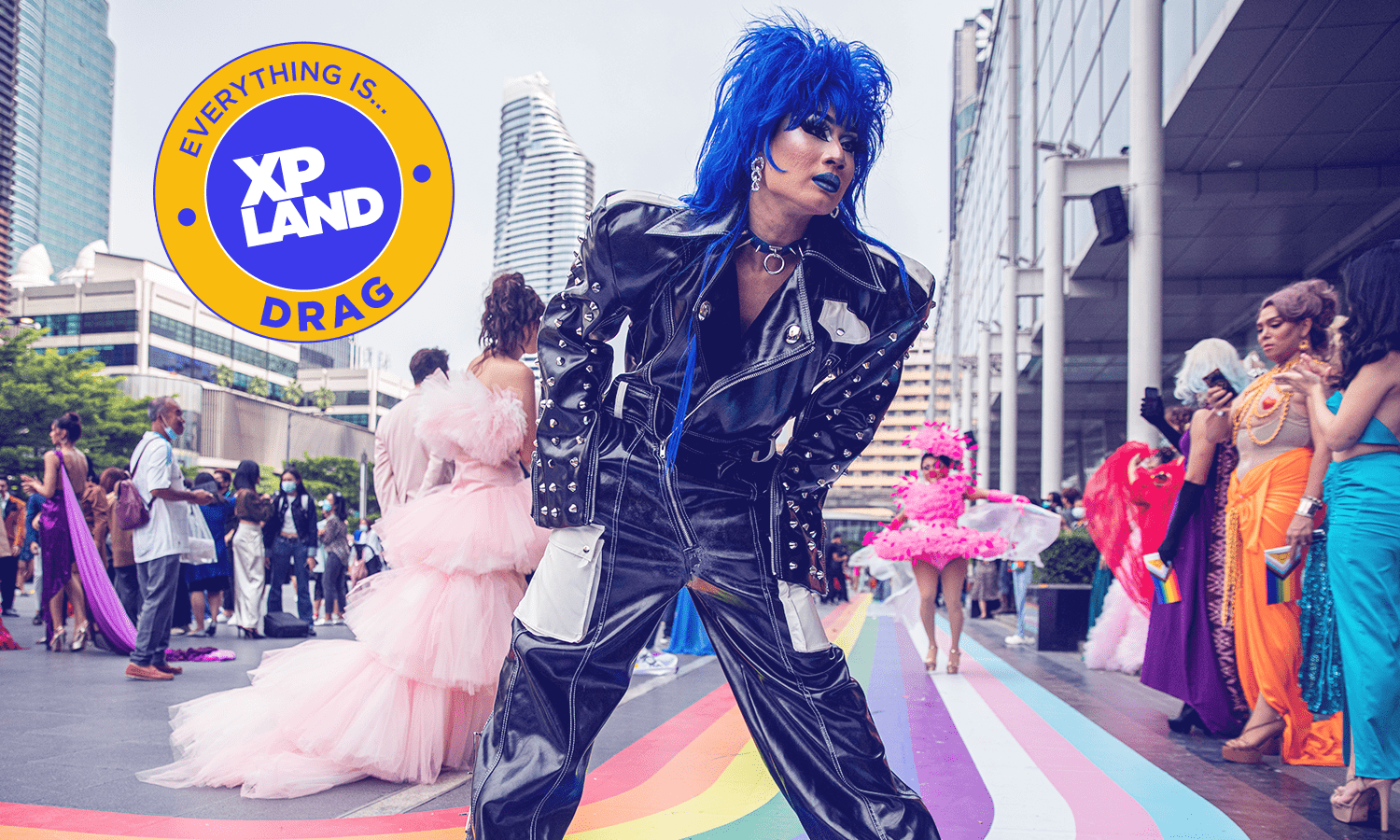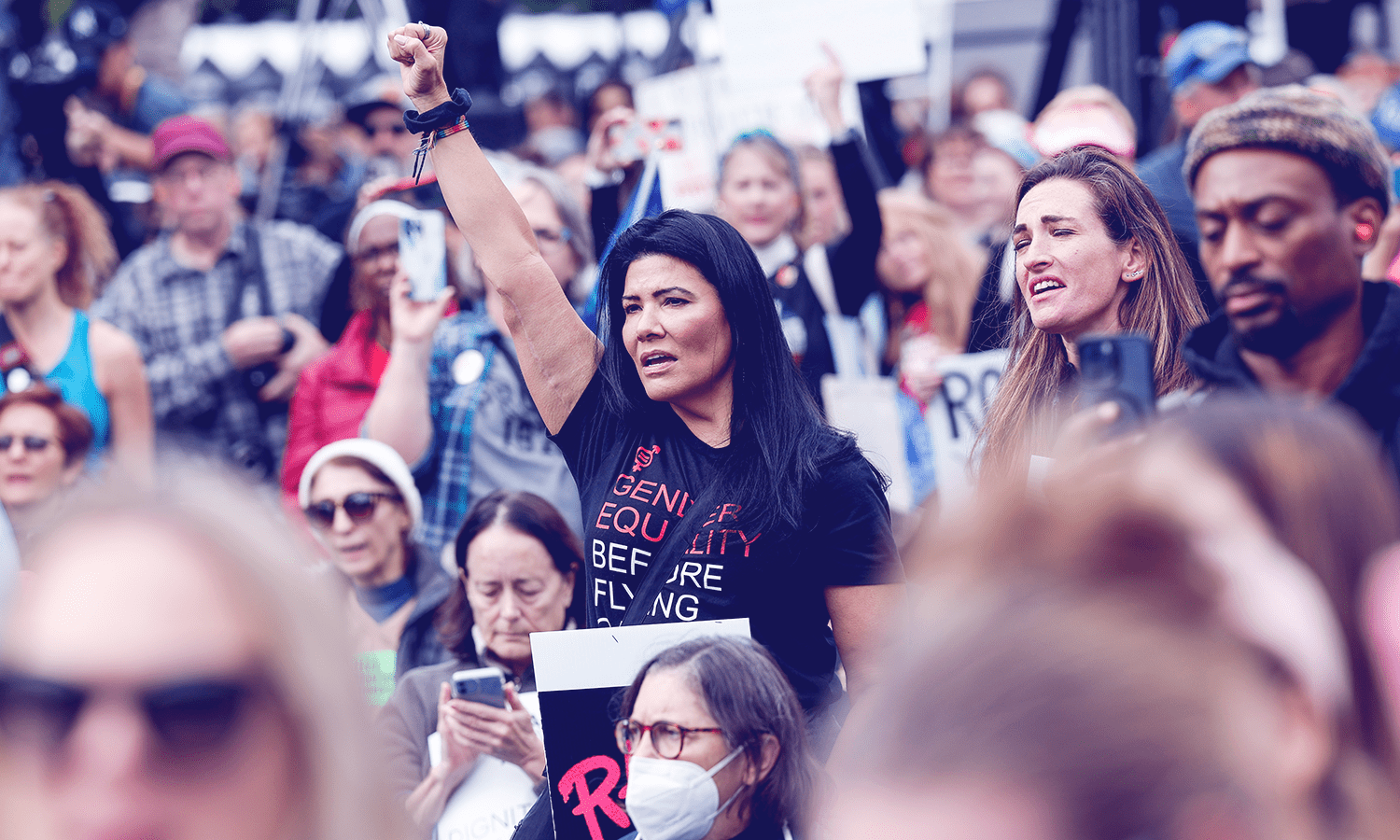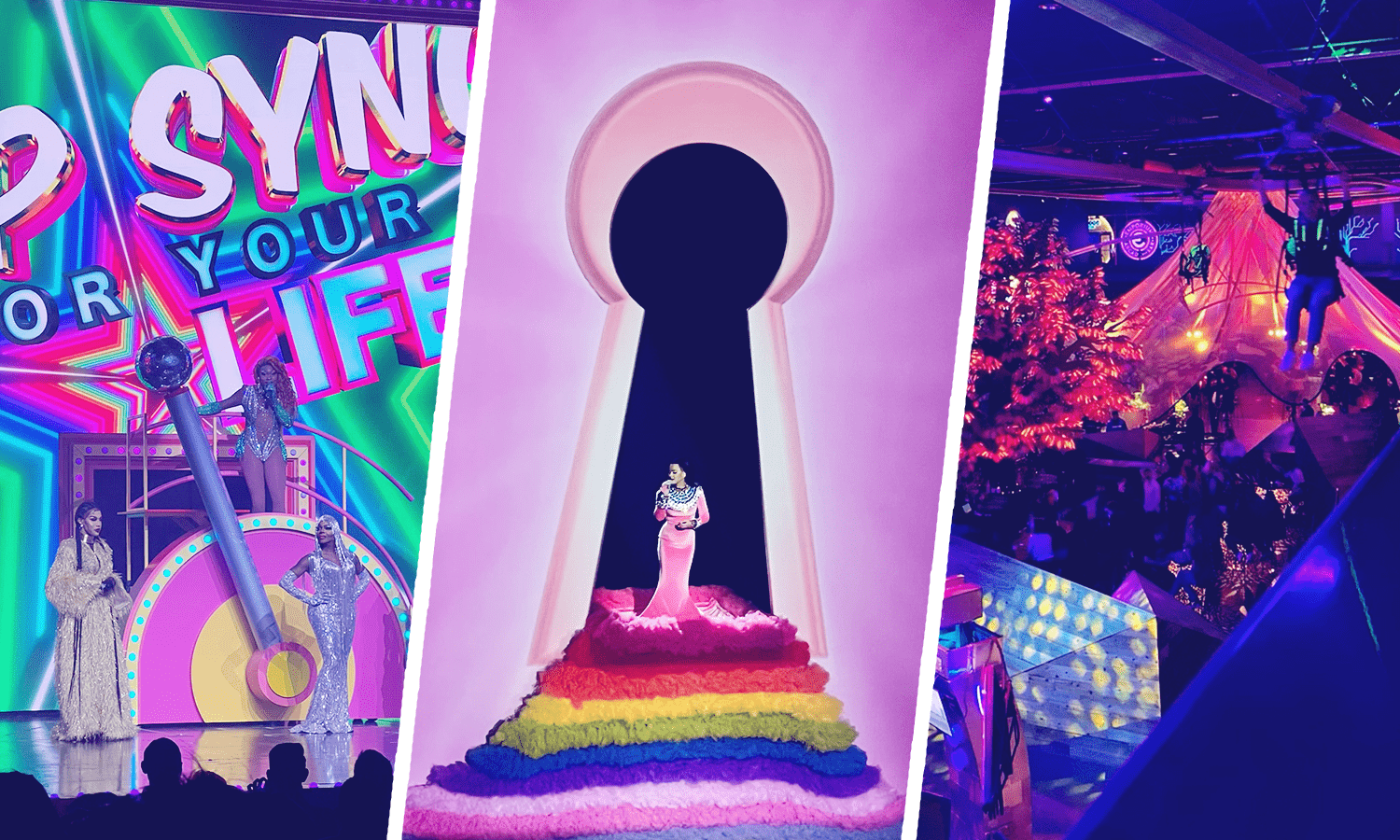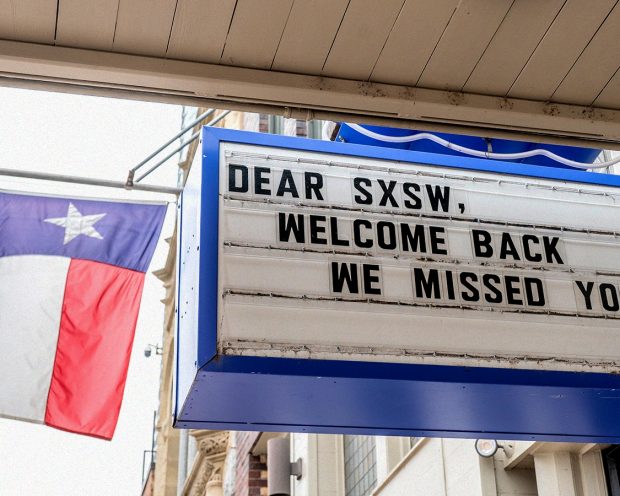Everything is Drag

Welcome to XP Land’s new series, “Everything is…” Each month, we’ll highlight an experiential trend that has caught our eye and explore the many thriving subcultures that exist today. From professional wrestling and musical theater to cruise culture and cannabis, there are hundreds of flourishing communities that are crossing experiential boundaries, experimenting with different mediums and waiting for you to jump in and join them. Up first, drag (and no, not just because George Santos is still in the news)... Today, it may not seem shocking or even out of the ordinary to see a drag performer. The genre is everywhere, and today’s kings and queens of drag flaunt their talents far beyond lip-sync battles. They’re reality competition winners, singers, actors, activists, entrepreneurs, philanthropists and always the life of the party. To take it way, way back… Drag and gender nonconformity weren’t always categorized as forms of rebellion or subversion, but rather as natural and accepted aspects of society: Ancient Egypt: Men cross-dressed as women in religious ceremonies and rituals Ancient Greece and Rome: Men dressed as women during religious festivals and theater performances Ancient Japan: Kabuki and Noh theater both featured men playing female roles Native American: In the...


